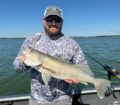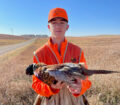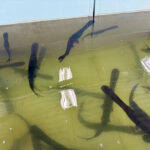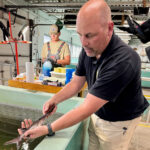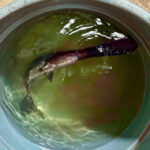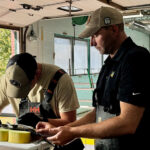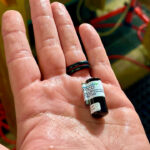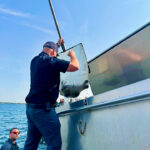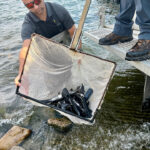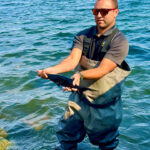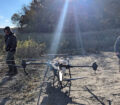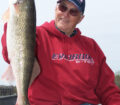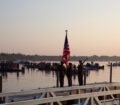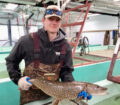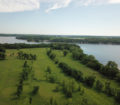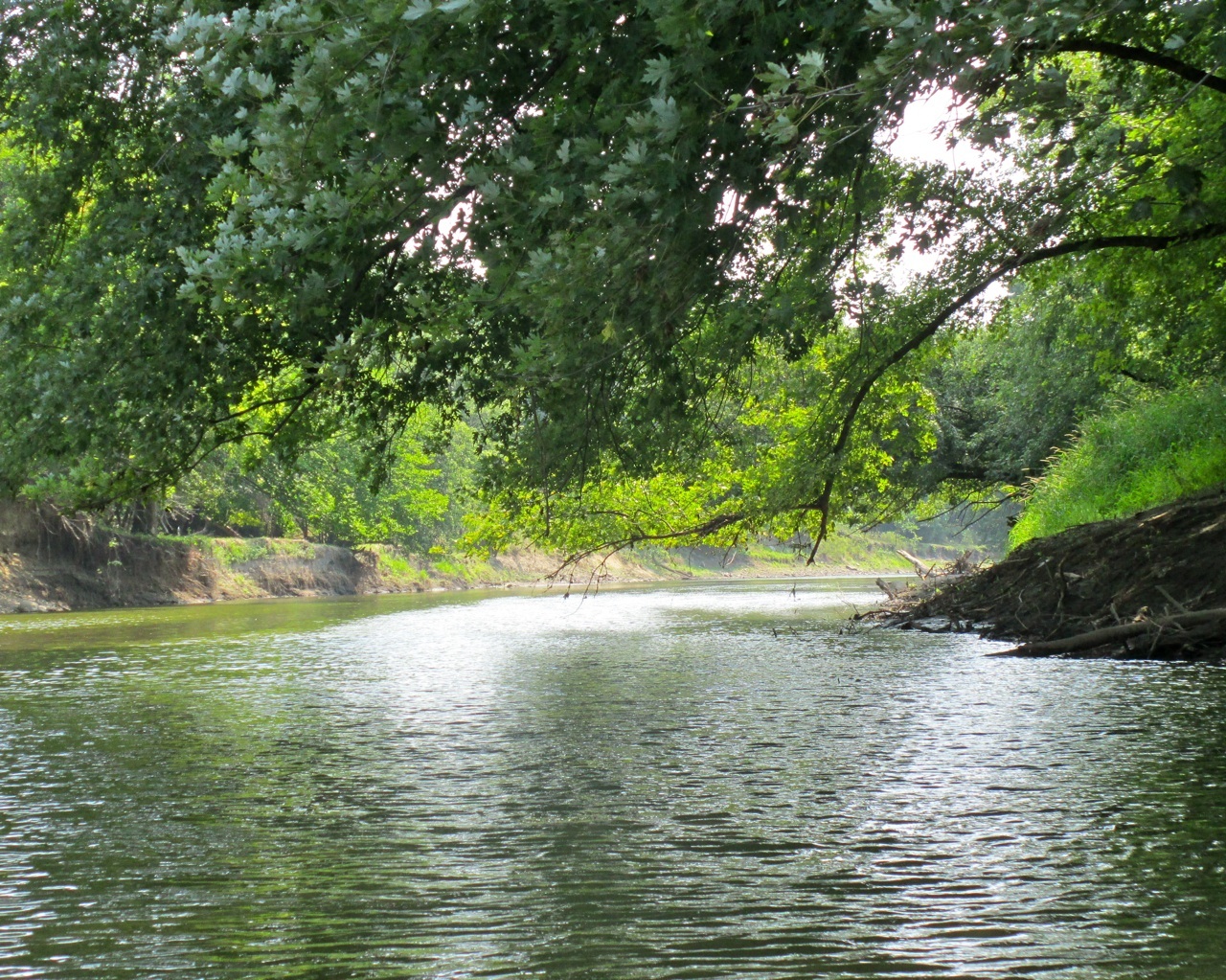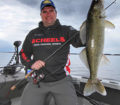By Steve Weisman
After over 100 years, they’re back! The much anticipated “re-stocking” of the American paddlefish into West Lake Okoboji began Tuesday, October 8 with a release at the Emerson Bay Boat Ramp in Emerson Bay. According to Mike Hawkins, Iowa DNR Fisheries Biologist, “Our hatchery staff did a great job of dialing in the hauling densities and handling techniques.” A total of 1900 paddlefish, which had been raised at the Lake Rathbun Hatchery and transported to the Spirit Lake, were then placed in tanks at the Spirit Lake Hatchery and after stress relief, they were then stocked in West Lake Okoboji over a period of several days.
In addition, on Wednesday afternoon, 25 of the paddlefish were implanted with acoustic tags so that their movements can be studied over the next one and a half years. With 20 acoustic receivers on the bottom of the lake, the receivers will log seasonal migration around the lake and identify if the fish are leaving the lakes system. Once a fish is “heard” by the receiver, it records the exact date and time that the fish swam by. Biologists can then download this data periodically and determine patterns of movement.
Hawkins explains, “We don’t know a lot about how well they will survive, and if they will actually stay in the lake, or what they will do and where they will go. So, to answer some of those questions, we are implanting tags into the body cavity of the fish.”
Stocking on both Wednesday and Thursday took place between 2-3 p.m. Friday was designated as media/general public day at Emerson Bay Boat Ramp as the final 400 paddlefish were released into West Lake Okoboji at approximately 1 p.m. Hawkins noted that area media were alerted of the Press Day stocking and that all people interested in viewing the stocking were invited. A crowd of an estimated 40+ people stood on both sides of the truck at the ramp and took lots of photos.
Hawkins talked about the fish being stocked. “These paddlefish are from a wild population with great wild genetics. To ensure good stocking conditions, we waited until the water cooled down in our area lakes, and then brought the fish from the Rathbun Hatchery in southern Iowa.”
These fish, even though it has been documented that they can live for as long as 50 years and can become extremely large, pose no threat to other fish and humans. They eat by simply swimming around with their mouth open and inside their mouth are structures called gill rakers. As they swim, tiny plankton is trapped by the gill rakers and then swallowed. Although they eat tiny food, as they grow, they definitely eat lots of it!
Historical data
According to Hawkins, research shows that this fish has been gone from the Iowa Great Lakes since about 1919, and as far as the DNR can tell, the paddlefish were native to the Iowa Great Lakes. Historically, there are lots of photographs floating around of paddlefish being taken in the early 1900s through about 1919. Hawkins says, “They probably disappeared because of fragmentation of the river systems with the dams that were put in place. Those dams would stop the upstream migration. These fish don’t reproduce in lake systems and are a river fish.” Before the dams, the paddlefish would make the long migration to the Iowa Great Lakes.
The American paddlefish is actually the only species of paddlefish left in the world.
Restoration efforts have been very successful across the Midwest and here in the Missouri and Mississippi river systems in Iowa. In Iowa, there is actually a limited season on paddlefish on the Missouri River side and the Big Sioux River in the state.
Hawkins says, “The Iowa Great Lakes because of its history of having paddlefish was a natural choice to do some stocking here.” They are a big fish with stories and pictures from the early 1900s of fish of 185 pounds and even one (not documented) of 210 pounds, both caught on West Okoboji
Information from the Iowa DNR
Currently, there is a paddlefish snagging season on the Missouri and Big Sioux Rivers beginning on February 1 through April 30. Anglers fishing for paddlefish must have a valid Iowa fishing license, along with a special paddlefish license and unused transportation tag(s). There is the possibility this might become a recreational opportunity several years down the road.
(photos by Steve Weisman)
- Paddlefish swimming in Hatchery tanks.
- Hawkins handles a paddlefish.
- A paddlefish waits in a tub of water to get ready for an acoustic tag.
- DNR personnel ready a paddlefish for an acoustic tag.
- One of the 25 acoustic tags that will be implanted on a select group of the 1900 stocked paddlefish.
- Some of the crowd lines the ramp at the Friday afternoon release.
- Fisheries Biologist Mike Hawkins nets several paddlefish from the tank to be released in the water.
- Paddlefish ready to be released into West Lake Okoboji.
- Showing a paddlefish to visitors.

